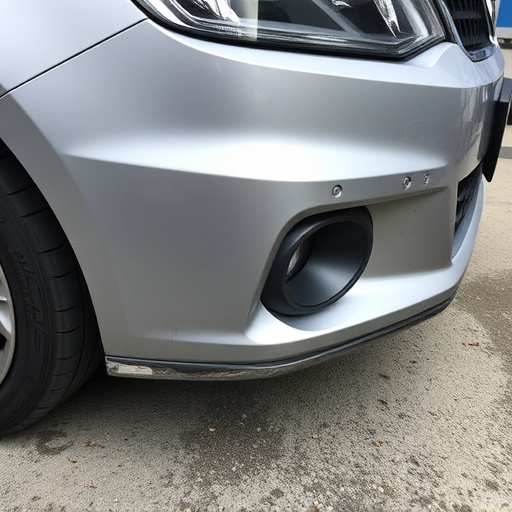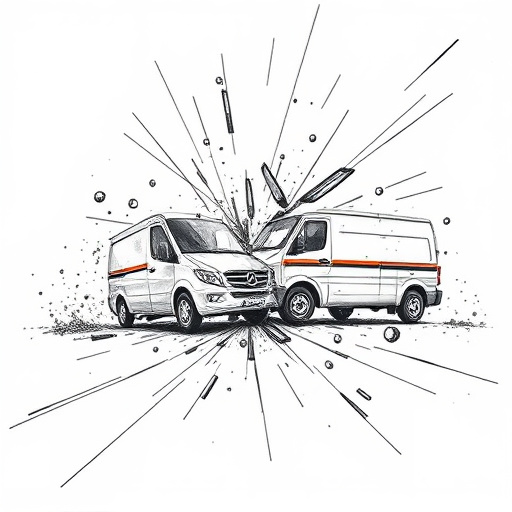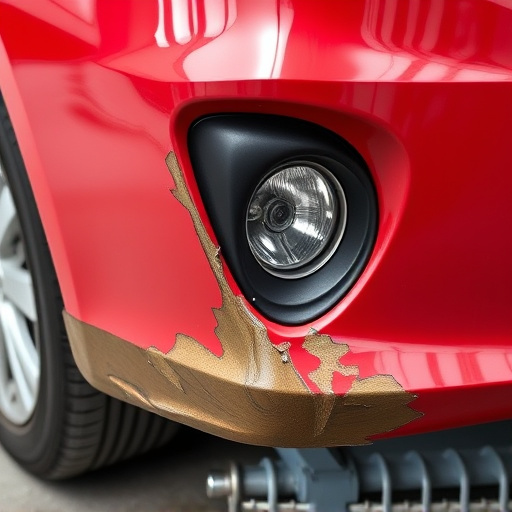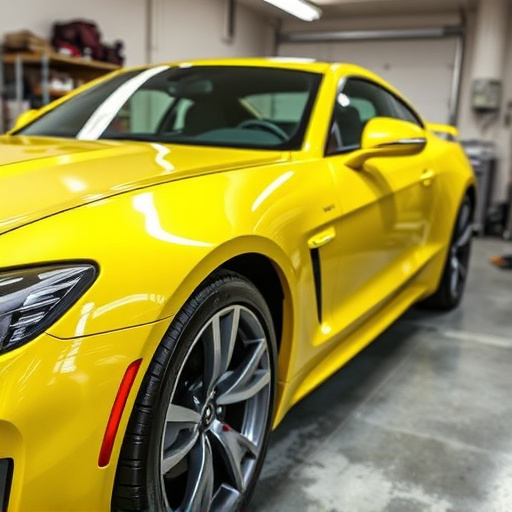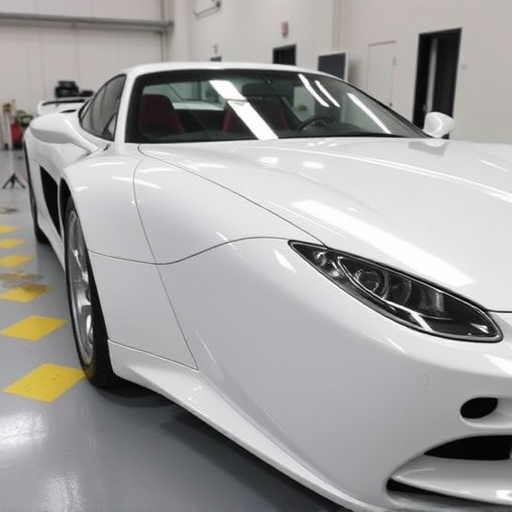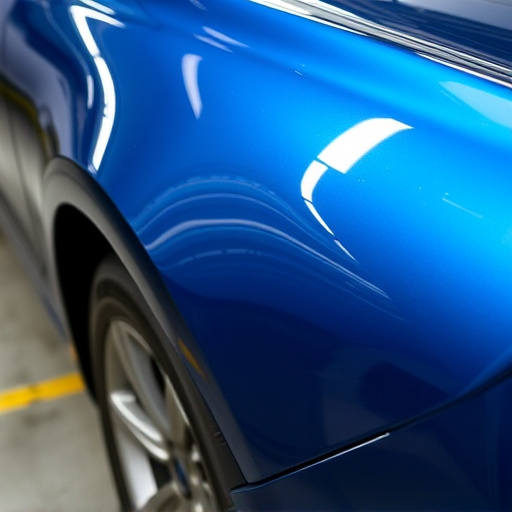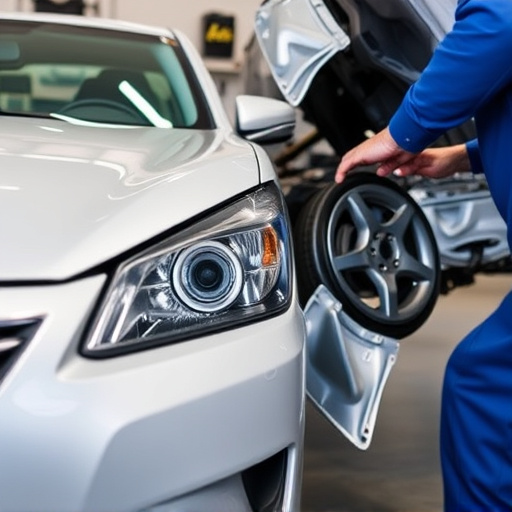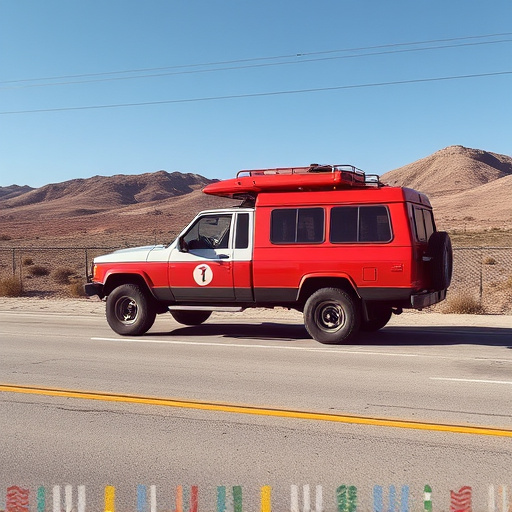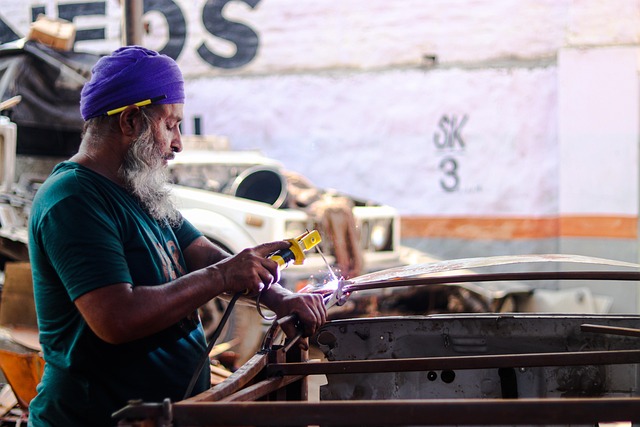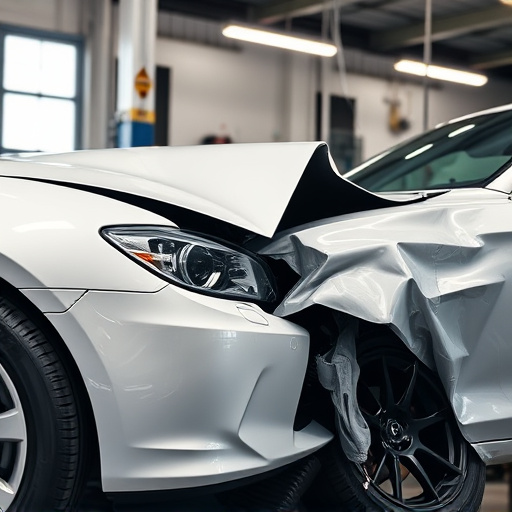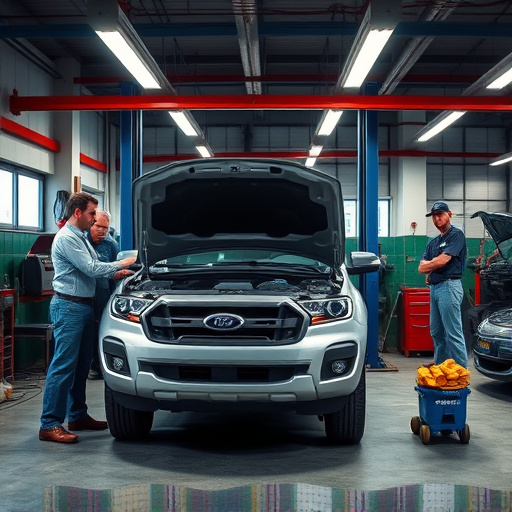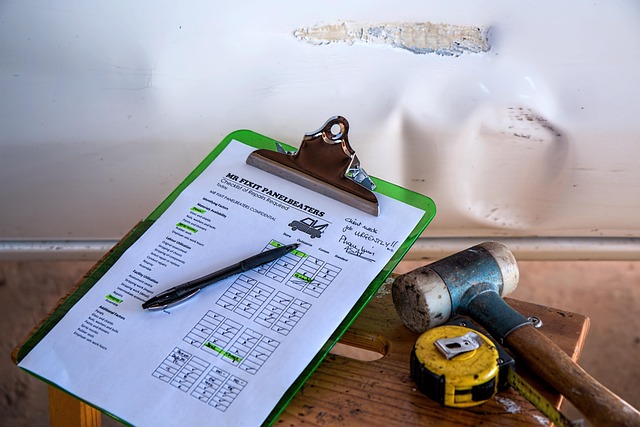Slips, trips, and falls in automotive sectors like car paint services are hazardous. Technician safety equipment, including non-slip shoes, high-visibility vests, and fall protection gear, reduces these risks. Tailored equipment for specific tasks enhances safety, with proper fit and training crucial for adherence to standards. This gear prevents severe injuries from wet floors or objects in bustling workshops, improving overall automotive repair sector safety.
Technician safety equipment is an indispensable tool in preventing slip, trip, and fall accidents—a leading cause of injuries in various industries. This comprehensive guide explores the common hazards that put technicians at risk and highlights how specialized gear can offer vital protection. We delve into best practices for selecting and utilizing technician safety equipment effectively, ensuring a safer work environment and reducing incident rates.
- Understanding Common Slip, Trip, and Fall Hazards
- The Role of Technician Safety Equipment in Protection
- Best Practices for Choosing and Using Safety Gear
Understanding Common Slip, Trip, and Fall Hazards

Slip, trip, and fall accidents are a significant concern for technicians working in various industries, including automotive sectors like car paint services and collision centers. These incidents can result from a multitude of hazards present in work environments, often overlooked yet potentially dangerous. Common risks include uneven flooring, loose cables or cords, poor lighting, and slippery surfaces, especially when dealing with automotive body work.
Technician safety equipment plays a pivotal role in mitigating these risks. From sturdy, non-slip shoes to high-visibility vests and fall protection gear, these tools are designed to enhance awareness and stability. For instance, specialized footwear can provide traction on wet or greasy surfaces commonly found in collision centers during automotive body work, significantly reducing the chance of slips and falls.
The Role of Technician Safety Equipment in Protection

Technician safety equipment plays a pivotal role in protecting individuals working in various industries, including the automotive sector. In environments like auto collision centers and auto painting shops, where slips, trips, and falls can lead to severe injuries, proper protective gear is not just a recommendation but an essential safety measure. This equipment includes sturdy shoes with non-slip soles, high-visibility clothing for enhanced visibility during work, and robust hand gloves designed to withstand common hazards.
By equipping technicians with these safety devices, collision repair centers can significantly reduce the risk of accidents caused by accidental slips or stumbles. For instance, anti-slip shoes provide traction on wet or oily floors commonly found in auto painting environments, preventing falls. Moreover, reflective gear ensures that workers are visible to others, reducing the chances of being struck by objects or vehicles, which is a common concern in bustling workshops and garages.
Best Practices for Choosing and Using Safety Gear
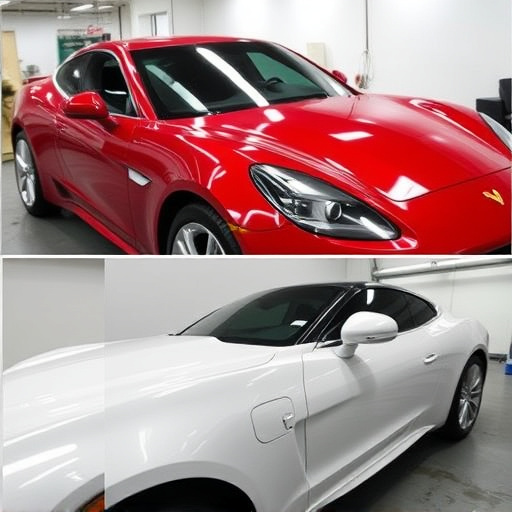
When selecting technician safety equipment, prioritize items that cater to the specific tasks and risks involved in your trade. For instance, technicians performing auto body repairs or paintless dent repair may benefit from reinforced boots with excellent traction, high-visibility vests for enhanced visibility on busy shop floors, and protective eyewear designed to withstand flying debris. Ensure each piece of gear fits well and is comfortable to wear, as compliance with safety standards begins with proper usage.
Proper training on how to use the equipment effectively is equally important. Regular demonstrations and refreshers can help technicians remember best practices, such as inspecting gear for damage before each use, wearing it consistently throughout their shift, and knowing emergency procedures in case of accidents or malfunctions. Following these guidelines will not only increase safety but also contribute to a more productive and accident-free work environment, whether you’re engaged in auto body repairs, fender repair, or paintless dent repair.
Technician safety equipment plays a pivotal role in mitigating slip, trip, and fall accidents, offering essential protection in hazardous work environments. By understanding common risks and implementing best practices for gear selection and usage, professionals can significantly enhance their safety and reduce the potential for injuries. Investing in high-quality technician safety equipment is not just a regulatory requirement but a proactive measure to foster a culture of safety and ensure the well-being of workers across various industries.

